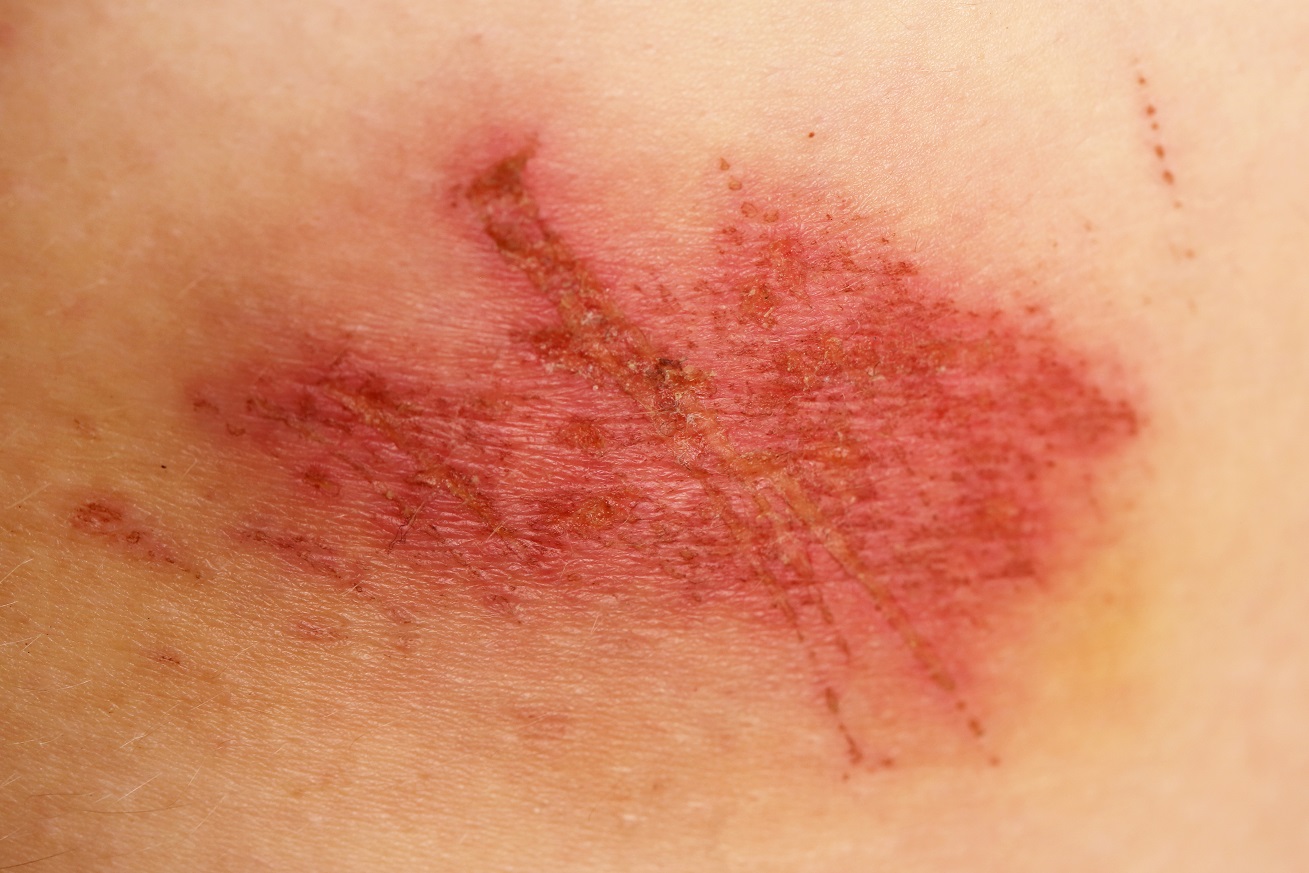 What is Impetigo?
What is Impetigo?
Impetigo is a contagious bacterial skin infection which spreads after entering the skin through a cut or scrape. It is most common in children aged 2-to-6 years. Patients with eczema or itchy skin can often develop impetigo from scratching their skin. Children who play contact sports such as wrestling are also susceptible, regardless of their age.
What Does It Look Like?
There are three common forms of impetigo. “The most common presentation begins as a kind of red sore near the nose or mouth,” says Dr. Miriam Hanson, board-certified dermatologist in Austin, Texas. “This soon breaks open and leaks clear fluid or pus before forming a yellow-gold scab.” Once this skin infection heals, the red mark left behind will fade without scarring, however scratching or otherwise abrading the skin during the healing process can leave a mark. These spots may be itchy but scratching or otherwise touching them can spread the infection and so is not recommended.
Bullous impetigo is another form which is commonly seen in young children, under two years of age. “Bullous impetigo appears as small, fluid-filled blisters which form yellow scabs after breaking,” says Emily Johnston, certified physician assistant at Sanova Dermatology. “The area around these blisters will be red but is not typically sore.”
Ecthyma is a more severe form of impetigo which can be recognized by its forming of painful pus- or fluid-filled sores on the arms and legs. These skin lesions can develop into ulcers which can penetrate deeper down into the skin. Scarring can occur with this form of impetigo. After the sores break open, they form thick gray-yellow scabs.
Is It Dangerous?
Impetigo on its own is not dangerous, just itchy and irritating for the child afflicted with it. “It is considered a localized skin infection that tends to be very responsive to treatment,” says Dr. Hanson. “However, if left untreated, more serious complications such as scarring, inflammation of the kidneys, and more serious skin infections are possible.”
How Is It Treated?
If the infection is mild, a doctor may advise to simply keep the area clean and allow it to heal on its own. More often than not, however, they will prescribe a cream or course of antibiotics to combat the infection. Keeping the area clean and keeping a child’s fingernails short will help prevent the infection to other areas of the body – or to other people.
Contact Us
If you are concerned that your child has impetigo or another skin infection, please contact us for more information. Our highly skilled dermatologists and staff can help you and your family with all of your skin care needs.
Join Us
